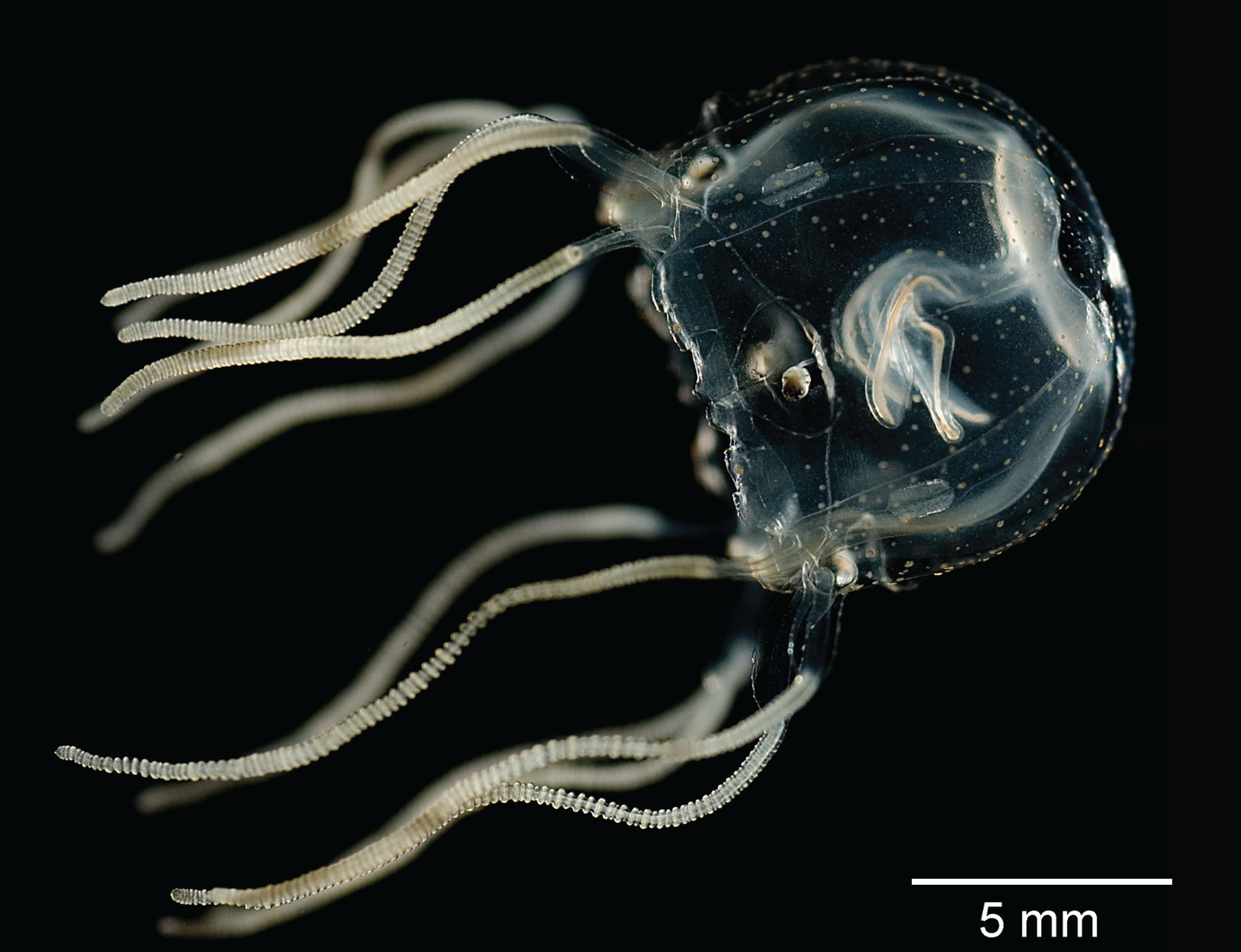Lifechanging treatment could slash US cancer deaths by 50%, study finds
Veiseh emphasized the similarity of this approach to the “closed-loop therapy” used in the treatment and management of diabetes.

[Oct. 27, 2023: Staff Writer, The Brighter Side of News]
A prototype of the “hybrid advanced molecular manufacturing regulator,” or HAMMR, a “closed-loop,” drug-producing implant smaller than an adult’s finger that is being developed to treat ovarian, pancreatic and other difficult-to-treat cancers. (CREDIT: Rice University)
The Advanced Research Projects Agency for Health (ARPA-H) has awarded $45 million to rapidly develop sense-and-respond implant technology that could slash U.S. cancer-related deaths by more than 50%.
The initiative, christened THOR, or "targeted hybrid oncotherapeutic regulation," is a result of the collaborative spirit of elite researchers hailing from seven states. They collectively shoulder the responsibility to accelerate the inception and meticulous evaluation of a novel cancer treatment technique, specifically curated to amplify the success rate of immunotherapy for patients grappling with cancers like ovarian and pancreatic, known for their resistance to conventional treatments.
Implant Technology: An Innovative Approach
Delineating the blueprint of this audacious venture, Omid Veiseh, the principal investigator (PI) from Rice University, remarked, “Instead of tethering patients to hospital beds, IV bags and external monitors, we’ll use a minimally invasive procedure to implant a small device that continuously monitors their cancer and adjusts their immunotherapy dose in real time.”
Related Stories
Drawing a parallel to the management of diabetes, Veiseh emphasized the similarity of this approach to the “closed-loop therapy” used in the ailment. In the world of diabetes management, a glucose monitor constantly communicates with an insulin pump, ensuring optimal insulin levels. Adapting this model for cancer immunotherapy marks a paradigm shift in treatment strategies.
Rice University's President, Reginald DesRoches, expressed immense pride and enthusiasm in the project, underscoring its potential. "This is the type of research that makes a significant impact on the world,” he proudly stated.
Cross-disciplinary Collaboration for THOR
This groundbreaking endeavor involves the expertise of engineers, physicians, and specialists in an array of fields ranging from synthetic biology to artificial intelligence. A staggering 20 different research laboratories are actively involved, marking a synergy of multidisciplinary proficiency.
Central to THOR's mission is the development of the HAMMR or the "hybrid advanced molecular manufacturing regulator" implant. This revolutionary implant stands testament to the project's commitment to advanced medical technology.
Lending his insights, Dr. Amir Jazaeri from the University of Texas MD Anderson Cancer Center opined, “Cancer cells are continually evolving and adapting to therapy. THOR could transform the status quo by providing real-time data from the tumor environment, paving the way for more effective therapies."
Omid Veiseh (right) and Amir Jazaeri in Veiseh’s Rice University laboratory in August 2023. Veiseh is principal investigator on the “targeted hybrid oncotherapeutic regulation” (THOR) project. (CREDIT: Rice University)
Notably, the core team of THOR comprises 19 co-PIs representing prestigious institutions such as Stanford University, Northwestern University, Johns Hopkins University, and startups like CellTrans and Bruder Consulting and Venture Group, reflecting its wide-reaching collaborative ethos.
A Glimpse into THOR's Clinical Endeavors
A significant milestone awaiting THOR is the clinical trial slated for the fourth year of the project's 5 1/2-year tenure, focused on the treatment of recurrent ovarian cancer using the HAMMR technology.
A figure illustrating how a “closed-loop” implant called HAMMR (short for “hybrid advanced molecular manufacturing regulator”) will be used to treat recurrent ovarian cancer. (CREDIT: Rice University)
Veiseh, highlighting the expansive applicability of the technology, shared, "The technology is broadly applicable for peritoneal cancers affecting various organs.” He further shed light on the first clinical trial, emphasizing Rice's previous experience with their encapsulated cytokine "drug factory" technology. "We have already demonstrated a unique model to go from concept to clinical trial within five years, and HAMMR is the next iteration of that approach.”
Facilitating the transition of this trailblazing research to tangible medical treatments is the Rice Biotech Launch Pad. As Veiseh oversees this new medical innovation and commercialization initiative, its core mission is to swiftly metamorphose Rice's discoveries into life-altering treatments.
Rice University bioengineer Omid Veiseh with a vial of bead-like implants his lab also invented through the Rice Biotech Launch Pad to serve as anti-cancer drug factories. (CREDIT: Jeff Fitlow/Rice University)
This commendable endeavor by THOR is the second recipient of funding under ARPA-H’s inaugural Open Broad Agency Announcement solicitation for research proposals. Preceding THOR, the first benefactor was a project helmed by Emory University, awarded $24 million, centered around enhancing immune cell function.
As ARPA-H and the collaborative prowess of institutes and researchers converge, the future of cancer treatment shines brighter. This endeavor not only signifies hope for countless patients but also epitomizes the infinite potential of medical science when united by a common cause.
Note: Materials provided above by The Brighter Side of News. Content may be edited for style and length.
Like these kind of feel good stories? Get the Brighter Side of News' newsletter.



